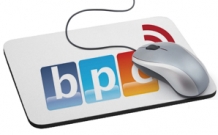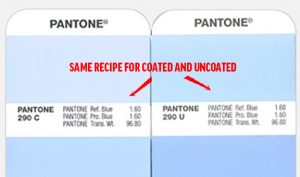Every year, a new wave of printing trends emerges. Some trends are short lived while others make a lasting impression. These are the printing trends we think you’ll be seeing a lot of come 2018:
- “Year in Review” cards: We’re starting with this one because they would work well for both end of year OR beginning of the year situations. “Year in Review” cards are similar to the notes you receive from friends, detailing what they’ve been up to the past year. But, instead of text, they’re beautifully illustrated/stylized and printed on nice, sturdy card stock. The card can touch on company milestones, big wins, takeaways, new hires, etc. It’s a nice way to tell a lot about your business without being extremely sales-y
- Direct-to-garment printing: This trend gives printers the ability to print anything onto a garment or accessory. No matter what you or your business come up with, printers are able to recreate it on any piece of clothing, hat, or uniform. You name it, it can be printed on. One of the best parts of direct-to-garment printing is that the ink dries quickly and becomes a part of the clothing. This means the graphic won’t peel, crack, or wash away over time. Above all else, it will also significantly bring down the cost of creating custom apparel.
- 3D printing: We know, people have been talking about this forever, but the time seems to be now for 3D printing to explode into commercial spaces. The possibilities are endless when it comes to 3D printing and being one of the early adapting companies will probably prove to be a win for everyone involved.
- Eco-friendly printing: We’ve talked about going green in a paper world before on this blog, so feel free to jet over there for more in-depth information. We’re pretty sure 2018 will show a sharp growth in green inks, papers, and packaging. People are more conscientious of the environment and actively work to reduce their own carbon footprint. Businesses are likely to follow suit.
These are the big things we see coming in printing in 2018. BPC is ready to tackle all of these new ideas and more with you. Give us a shout when you’re ready to get started!

